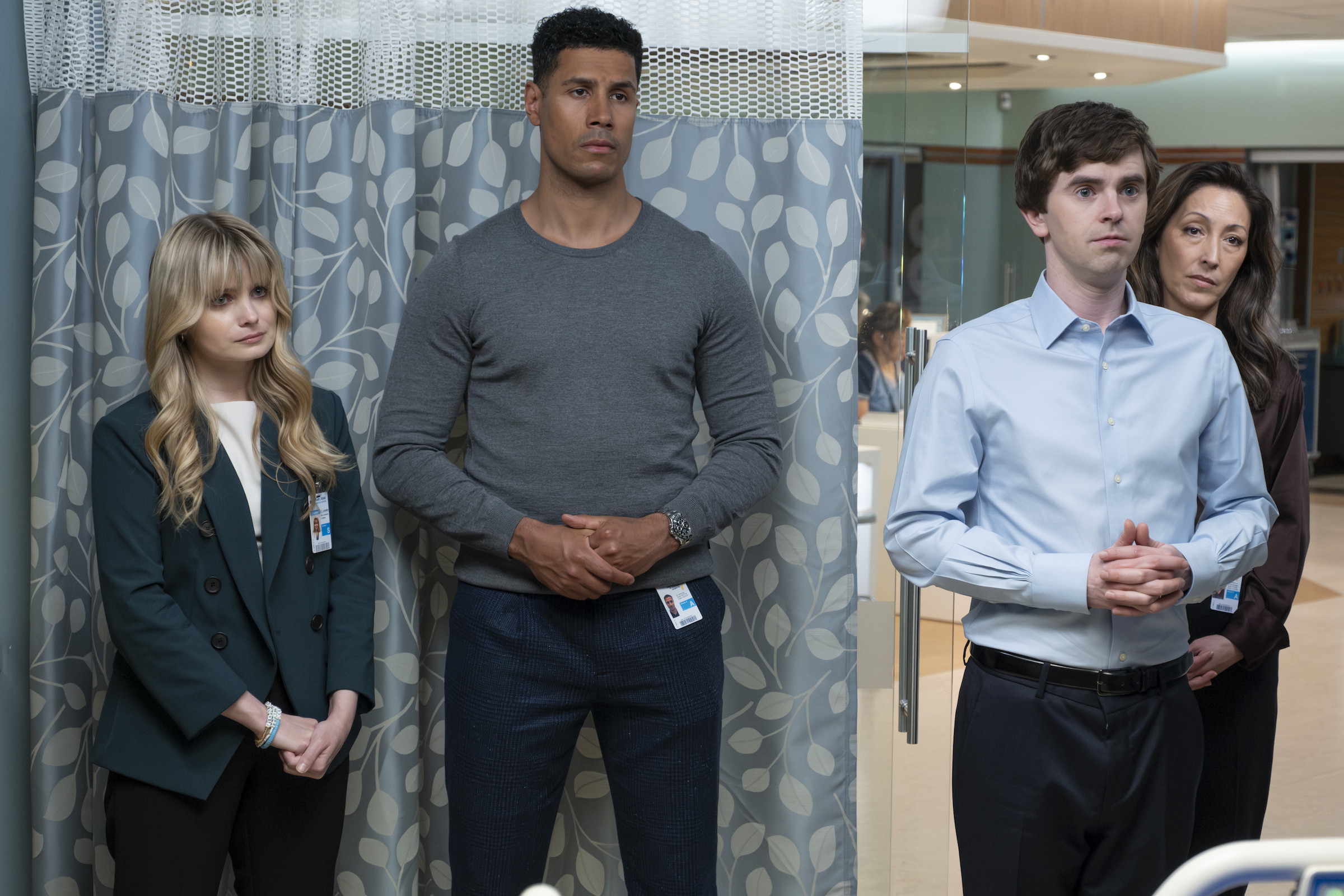For seven seasons, The Good Doctor captivated audiences with its portrayal of Dr. Shaun Murphy, a young surgeon with autism. As the series concluded, many hoped for a finale that would offer genuine insight into the autistic experience. However, the ending, much like the show’s run, proved to be a complex mix of steps forward and frustrating missteps, leaving many in the autistic community feeling as though their stories were still not truly being heard.
The Show’s Checkered Past with Autism Portrayal
From its outset, The Good Doctor faced scrutiny for its depiction of autism. While praised by some for increasing autism awareness, the show often relied on stereotypical tropes rather than nuanced understanding. Dr. Murphy, played by Freddie Highmore, frequently came across as an amalgamation of non-autistic perceptions of autism, lacking the depth and authenticity that comes from lived experience. This was perhaps unsurprising given the initial lack of autistic voices in the show’s creation, both in the writer’s room and cast. For many autistic viewers, watching Shaun felt alienating, a far cry from seeing themselves reflected on screen. The disconnect was further highlighted by the public’s enthusiastic embrace of characters like Dr. Murphy and Sheldon Cooper from The Big Bang Theory, while often showing less interest in engaging with real-life autistic individuals and their narratives.
 KAYLA CROMER, CHUKU MODU, FREDDIE HIGHMORE, CHRISTINA CHANG
KAYLA CROMER, CHUKU MODU, FREDDIE HIGHMORE, CHRISTINA CHANG
One particularly controversial moment, a widely circulated clip of Shaun experiencing what was characterized as an “autistic meltdown,” sparked backlash. Yet, even this critical response was largely driven by non-autistic voices. While some non-autistic viewers claimed to be mocking the show’s inaccurate portrayal, the line blurred into simply ridiculing autistic traits themselves, further underscoring the show’s failure to foster genuine understanding. Throughout its first six seasons, The Good Doctor often presented Shaun as a collection of autistic stereotypes, hindering the development of a fully realized character. Instances like Shaun’s display of transphobia, inexplicably attributed to his autism despite the higher prevalence of autism within the trans community, exemplified this problematic approach.
Final Season: Glimmers of Progress and Persistent Disappointments
The introduction of Kayla Cromer, an autistic actor, as Charlie Lukaitis in the final season offered a beacon of hope. Charlie, an autistic medical student inspired by Shaun, represented a positive step towards authentic inclusion. Her presence held the potential to broaden the show’s exploration of autism and delve into the diversity within the autistic spectrum. The dynamic between Shaun and Charlie, marked by both friction and understanding, hinted at the complex relationships autistic individuals can have with one another. These moments offered glimpses into the nuanced humanity of autistic people, showcasing their capacity for both conflict and connection.
However, these positive strides were often overshadowed by familiar missteps. A scene where Charlie drew a questionable comparison between support for autistic children and gastric sleeve surgery raised eyebrows and questions about the writers’ understanding of autistic issues. Similarly, a subplot concerning Shaun’s anxieties about his infant son being tested for autism seemed to cater more to non-autistic parents’ fears than to the often complex emotions of autistic parents navigating similar situations. The finale itself, “Goodbye,” presented further disappointments. Shaun’s reaction to his mentor’s terminal cancer diagnosis, while showing his dedication to work, lacked a deeper exploration of autistic grief, a significantly misunderstood aspect of the autistic experience that the show could have illuminated. The concluding TED Talk, meant to be a triumphant moment, instead felt reductive, portraying Shaun as a spectacle for a beaming audience, reminiscent of rewarding a trained animal rather than celebrating a complex individual.
The End of an Era and the Future of Autism Representation
The finale of The Good Doctor, alongside Young Sheldon, marks the close of a chapter in television where autistic-coded characters were often treated as objects of fascination and consumption for non-autistic audiences. While these shows achieved mainstream success, their portrayals often fell short of genuine representation.
 WILL YUN LEE, WAVYY JONEZ, FIONA GUBELMANN, CHRISTINA CHANG, ELFINA LUK, CHUKU MODU, BRIA SAMONÉ HENDERSON, ANTONIA THOMAS, PAIGE SPARA
WILL YUN LEE, WAVYY JONEZ, FIONA GUBELMANN, CHRISTINA CHANG, ELFINA LUK, CHUKU MODU, BRIA SAMONÉ HENDERSON, ANTONIA THOMAS, PAIGE SPARA
Looking ahead, there’s cautious optimism. While no major US network shows centered on autistic characters are immediately on the horizon, streaming platforms are offering more promising alternatives. Series like Heartbreak High, featuring autistic actor Chloé Hayden, A Kind of Spark, created by autistic author Elle McNicoll, and Dinosaur, co-created by and starring autistic comedian Ashley Storrie, are gaining recognition for their more authentic and nuanced portrayals. These shows, while significant, are just the beginning. With autism prevalence rising, the autistic community represents a large and largely untapped audience, as well as a rich pool of talent. The diversity within the autistic population, encompassing all races, genders, sexualities, and interests, offers a wealth of stories waiting to be told.
For seven seasons, The Good Doctor opened hearts and minds to the possibility of an autistic doctor. Perhaps now, that space can expand to embrace autistic writers, actors, consultants, and viewers, allowing for television to finally reflect the authentic experiences and perspectives of the autistic community. The finale may have been “goodbye” to Shaun Murphy, but hopefully, it signals a hello to more genuine and meaningful autism representation on screen.
